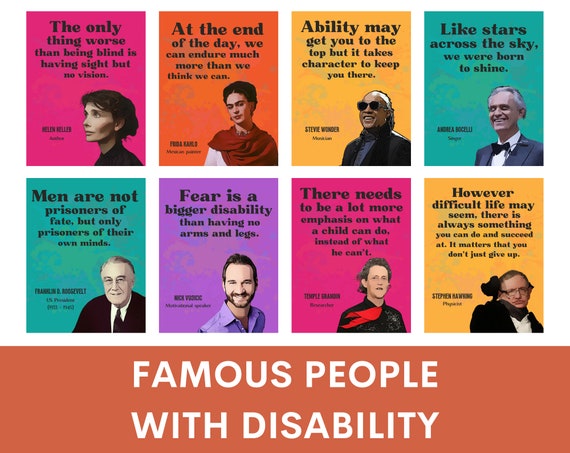Credit: Unsplash/CC0 Public Domain
When you look at clouds, tree bark, or the front of a car, do you sometimes see a face staring back at you? That’s “face pareidolia” and it is a perfectly normal illusion where our brains spot faces in patterns that aren’t actually faces.
For most of us, these illusions are harmless. But my new research, published in Perception, suggests people with visual snow syndrome—a rare neurological condition that causes constant “visual static”—experience this phenomenon more strongly and more often.
This finding offers a unique window into how an overactive brain may amplify the erroneous illusory patterns it sees in the world. It also shows how perception isn’t a perfect mirror of reality.
What is visual snow syndrome?
Visual snow syndrome is characterized by the persistent perception of flickering dots, like television static, across the entire field of vision. People with the condition often report the dots never go away, even in the dark.
The cause of this syndrome remains unclear, but recent evidence points to hyperexcitability in the visual cortex, the region of the brain that interprets what we see. In essence, the neurons responsible for processing visual information may be firing too readily, flooding perception with noise.
Many individuals with visual snow syndrome also experience migraines, light sensitivity, afterimages or visual trails that linger after motion. These symptoms can make everyday visual experiences confusing and exhausting. Yet, despite growing awareness, the condition remains under-diagnosed and poorly understood.
Testing how ‘visual snow’ shapes perception
To test whether this hyperactive visual system changes how people interpret ambiguous visual input, our research team invited more than 250 volunteers to complete an online experiment.
Participants first completed a short questionnaire to determine whether they experienced symptoms of visual snow. They were then shown 320 images of everyday objects, from tree trunks to cups of coffee, and asked to rate, on a scale from 0 to 100, how easily they could see a face in each image.
In total, 132 people met the criteria for visual snow syndrome, while 104

